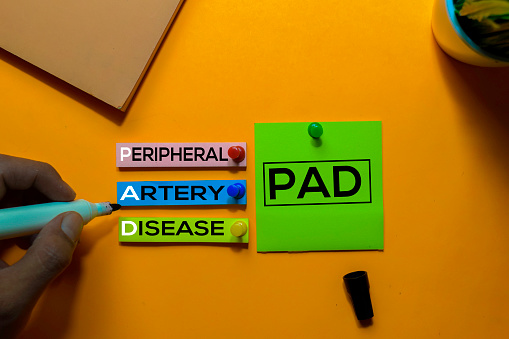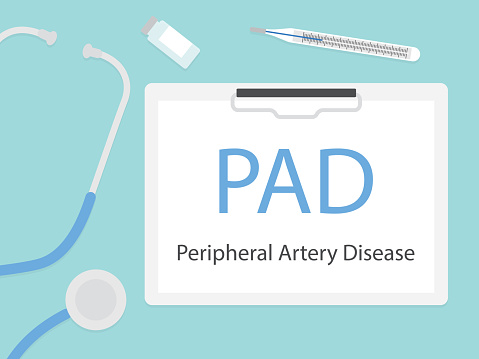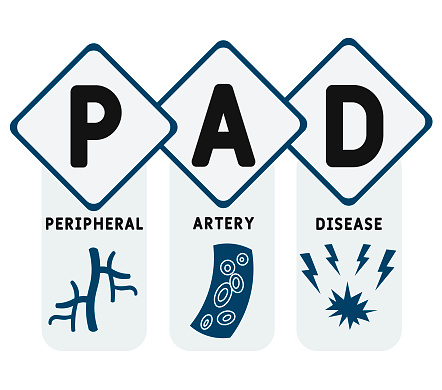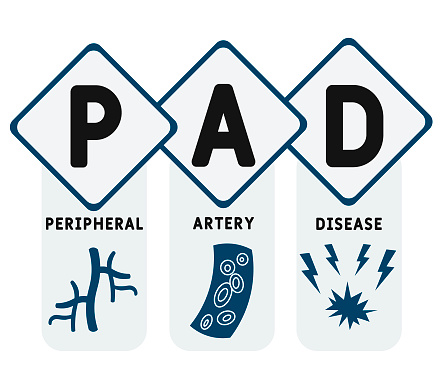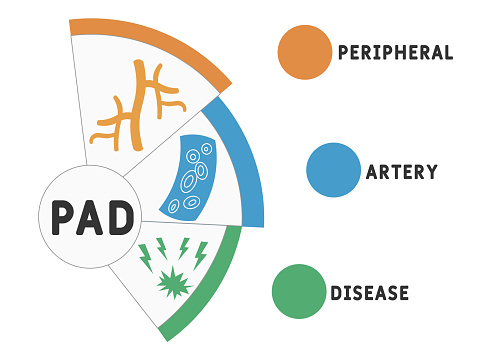The use of intra-vessel ultrasound imaging (IVUS) and optical frequency domain imaging (OFDI) is limited in detecting medial and intimal calcification in peripheral artery disease (PAD), according to a study published in the journal EuroIntervention.
To conduct this study, researchers performed intravascular imaging of peripheral arteries from nine human cadavers with calcifications. Twelve legs were examined, and 438 cross-sectional IVUS and OFDI images were co-registered with histology.
According to the results, OFDI detected about 79% of 231 intimal calcifications, whereas IVUS detected almost 84%. Of 245 medial calcifications, OFDI detected about 65%, and IVUS detected about 67%. The researchers noted that medial calcification with overlying intimal calcification and unclear border between intima and media were the main reasons for misdiagnosis.
“There are limitations in detecting medial calcification in overlapped intimal calcification and with unclear border between intima and media by both IVUS and OFDI,” the researchers concluded.
They added that it is “important to distinguish medial calcification from intimal calcification before proceeding with endovascular therapy since different approaches should be required.”
Link: https://pubmed.ncbi.nlm.nih.gov/33896763/
Keywords: intravascular imaging, Peripheral Artery Disease, optical frequency domain imaging, intra-vessel ultrasound imaging


